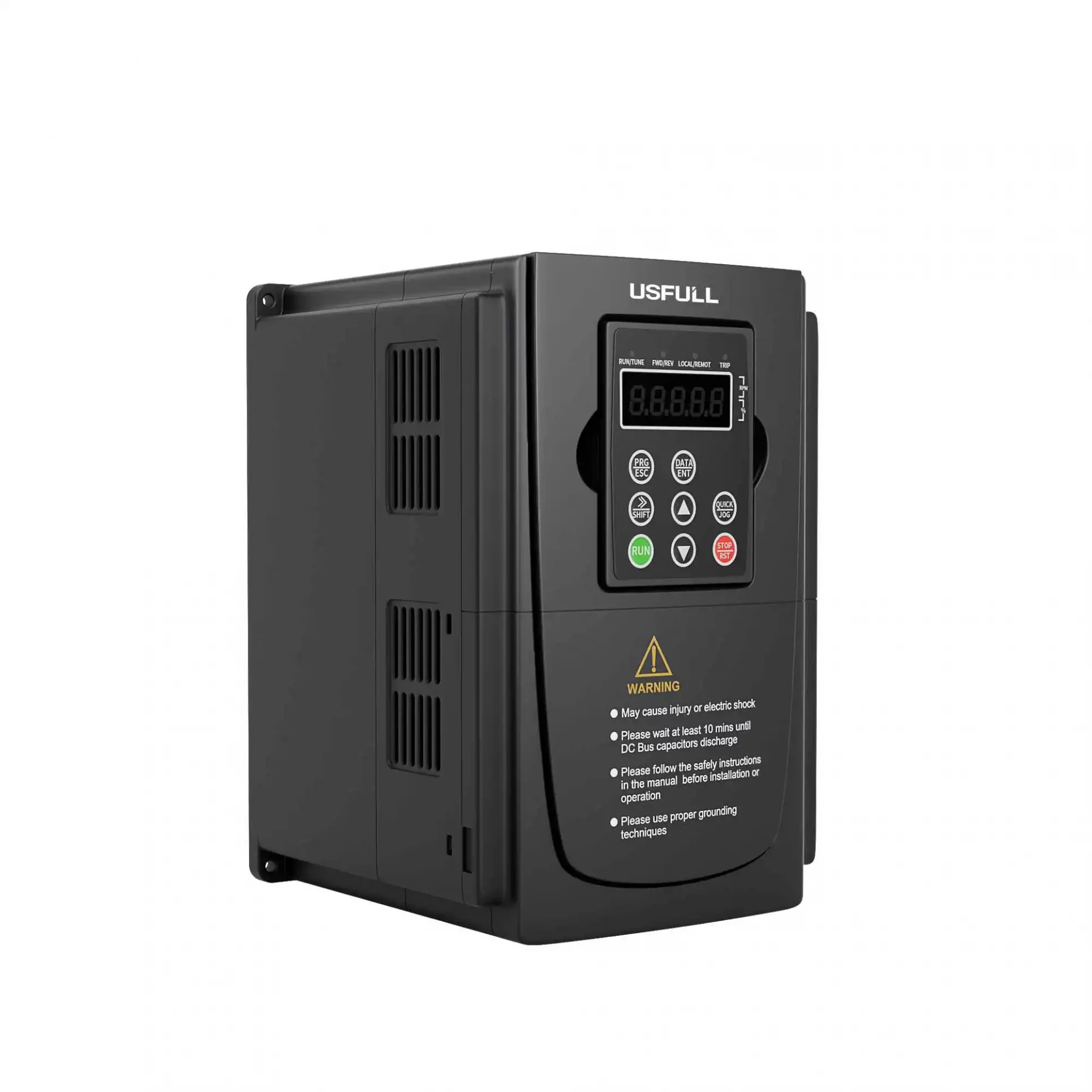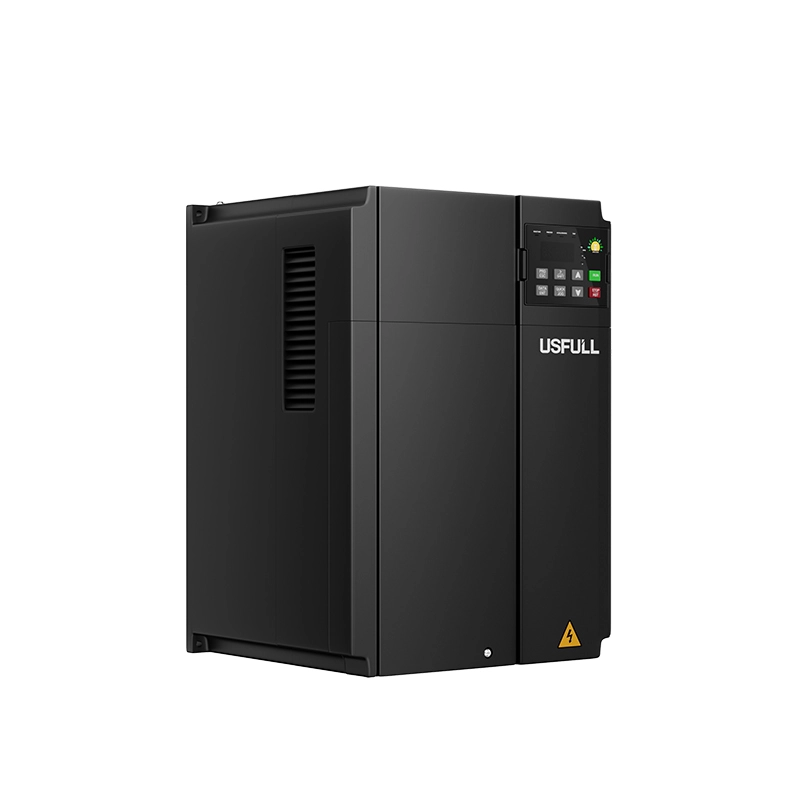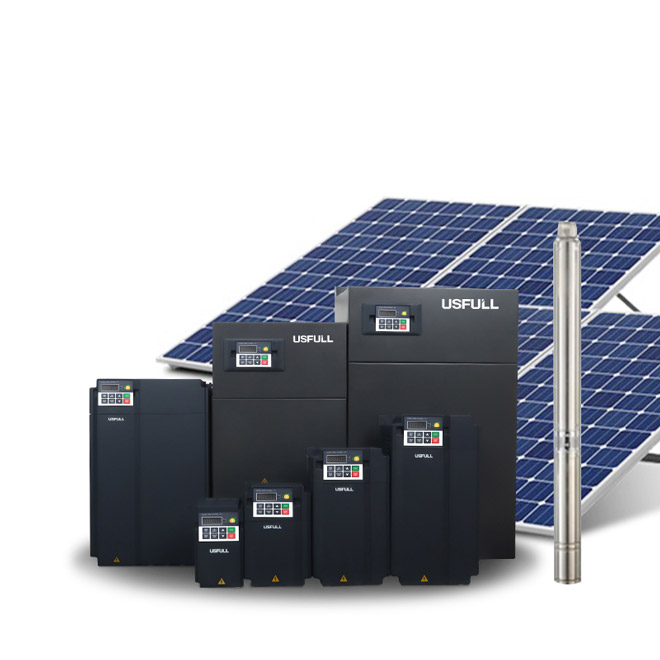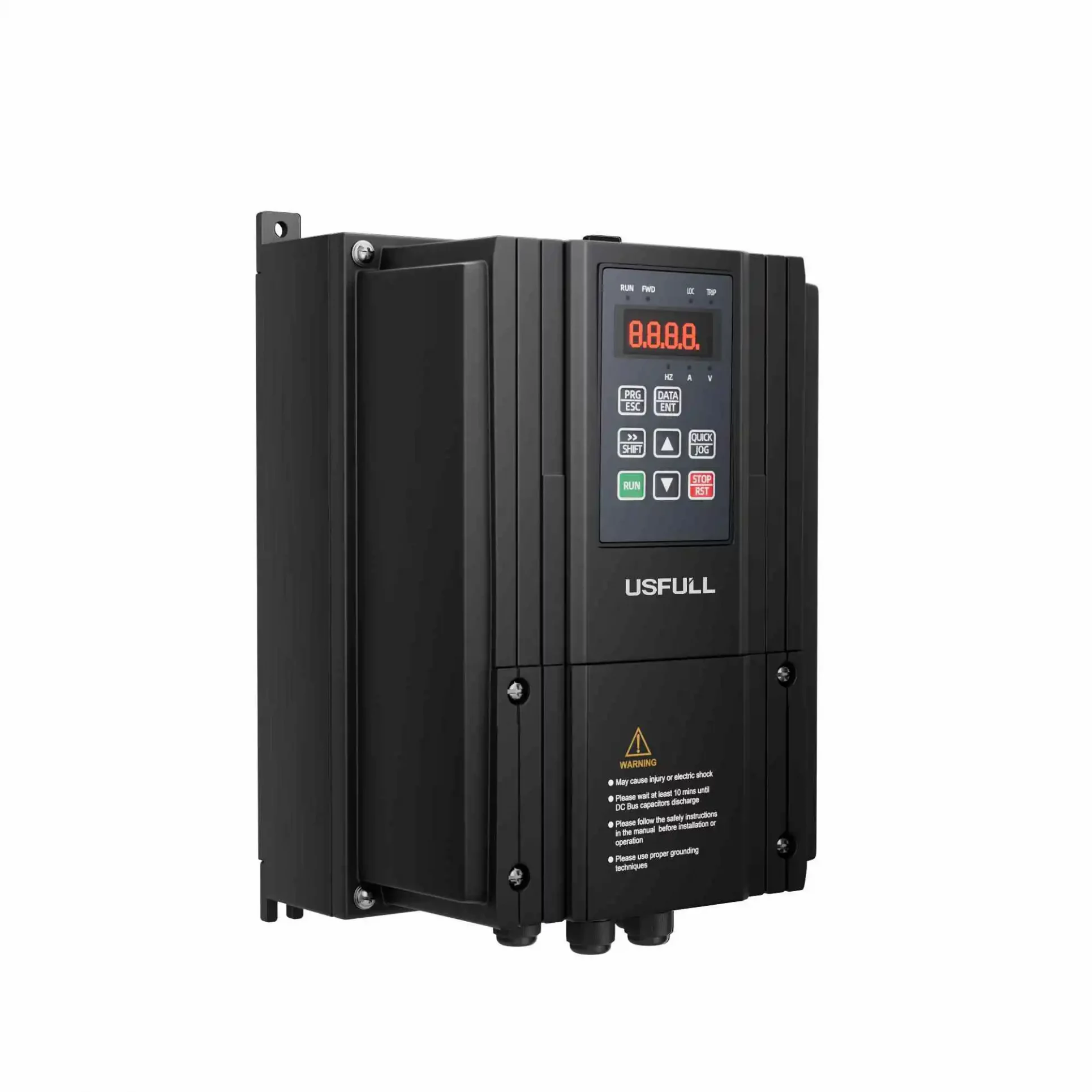Well Begun is Half Done: Solar Power Plant Design
With the right policies in place for promoting greener sources of power generation, several projects have executed in India, and several more are in the pipeline. While a lot of factors have contributed to achieving this milestone but few new challenges are to be faced at the plant level. It is an increasing realization that Solar Power Plant Design is one of the most important factors in the overall success and deserves utmost attention.
Typical Design Issues
Operation and production related efficiency factors need a rigorous evaluation in any solar power plant design if the desired output is required out of the massive investments made. The power output from a plant is dependent on various aspects like type, quality & size of panels, the location of the plant, time of the day, weather, etc. With the passage of time, the capability of the solar cells & panels also undergoes degradation. It’s a design engineer’s challenge to maintain the maximum output of the solar panels as long as technically & logistically possible. The power output of solar cells is based on numerous factors, and all have their importance in plant design. The input regarding solar energy is the single biggest factor that regulates the output of any plant, while other elements might have their role to play. It goes on to influence the whole financial equation of the plant. The photo-voltaic cell converts the photons into electrons, and this conversion efficiency depends on the quality of material used in manufacturing the cell. It is one key aspect in solar power plant design and it is further concluded that the material which might give the desired efficiency at locations with brighter sunlight might differ in output at locations with more cloudy days in a year. Use of amorphous silicon, poly crystalline layers in the solar panels leads to relatively higher performance.
The Solution
The solar power plant design also aims at minimizing the geographical location based disadvantage of the plant by including multi-axis tilts and tracking capabilities into the panels & systems respectively. Battery drainage or discharge during cloudy days or night time is simply stopped by blocking diodes whereas technologically smarter systems are available too. Maximum power point tracking (MPPT) based Integrated Circuits (ICs) are more attractive and agile power control. These are known to reduce yield loss by 60% approximately.
Plant designers now aim at designs that are future-ready and future proof as well. The plant design not only determines the plant efficiency, but it also has little scope for alterations once implemented. So, it becomes even more critical.




